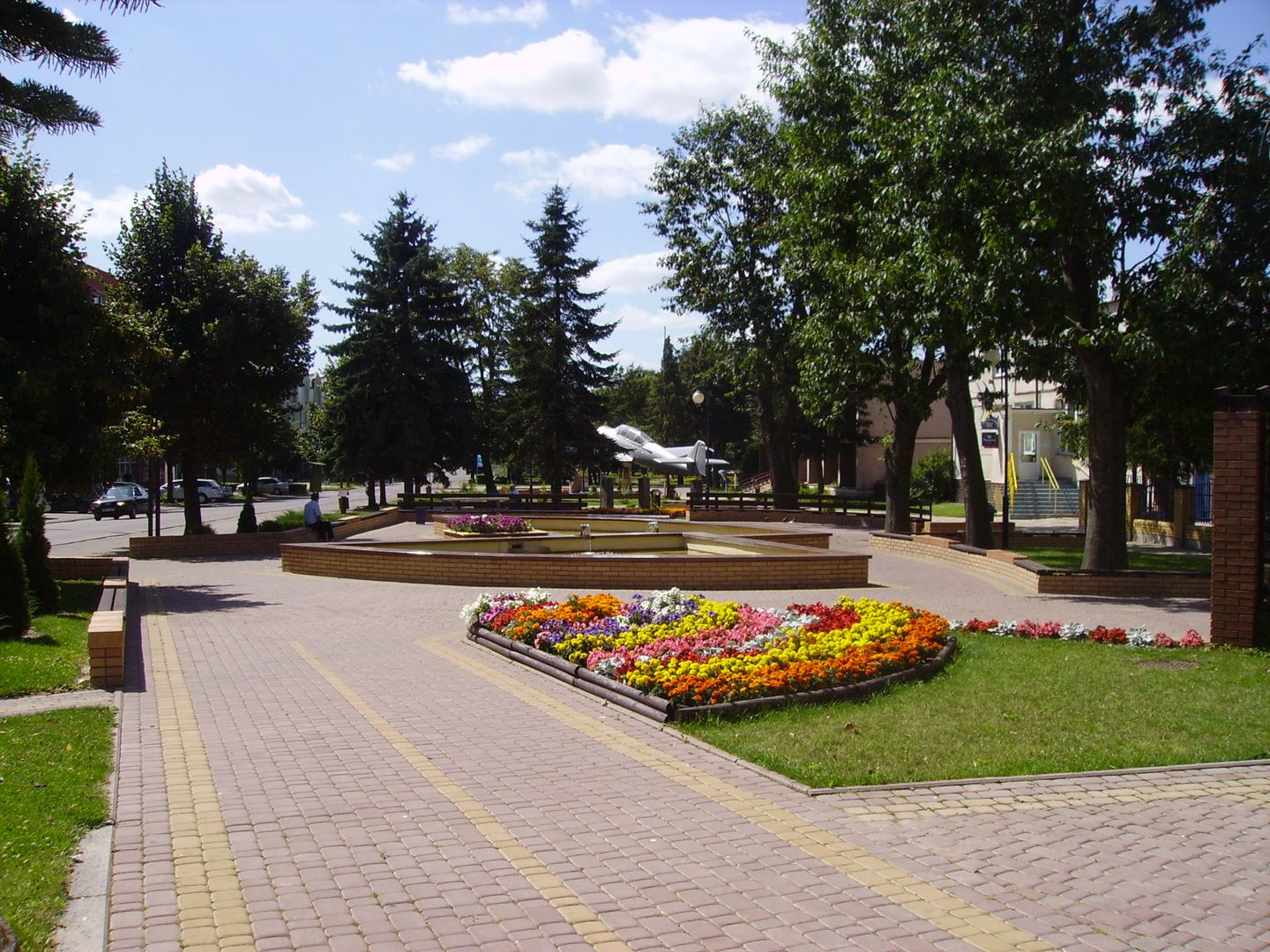Mońki
6.77

Overview
Mońki is a town in the Podlaskie Voivodeship, within Mońki County, which gained its town rights on January 1, 1965. The history of the settlement dates back to the 16th century when the village of Mońki was established by the Mońko family. In the second half of the 19th century, a railway station was built, contributing to the development of the settlement. During World War I, German forces besieged the nearby fortress in Osowiec, but Mońki itself remained undamaged. In the interwar period, a parish and a neo-baroque church were established, and trade and food processing developed. After World War II, the town became the seat of the county, which accelerated its growth.
Mońki is home to the neo-baroque Church of Our Lady of Częstochowa and St. Casimir, as well as a railway station building from the 1930s. The town's layout, with its characteristic Aleja Niepodległości (Independence Avenue), reflects typical socialist-era urban planning, and modernist architecture from the Polish People's Republic period predominates over earlier structures.
Mońki was historically known for potato cultivation, which influenced local traditions such as the annual "Święto Ziemniaka" (Potato Festival). The town also fosters cultural life, with the Moniecki Ośrodek Kultury (Mońki Cultural Center) playing a key role. Events like "Dni Moniek" (Days of Mońki) and the "Wojewódzki Przegląd Poezji Śpiewanej" (Voivodeship Review of Sung Poetry) attract residents. In sports, the Ludowy Klub Sportowy Promień Mońki (Promień Mońki People's Sports Club) is active, and an indoor swimming pool has been operating since 2006.
Mońki also features several important memorial sites, including monuments commemorating significant historical events and figures such as Pope John Paul II. Religious life is another vital aspect of the community, represented by two parishes. Despite its smaller size, the town boasts a rich history and offers a variety of attractions and events for both residents and visitors.
Location
You can also find here:
2025 Wizytor | All Rights Reserved
